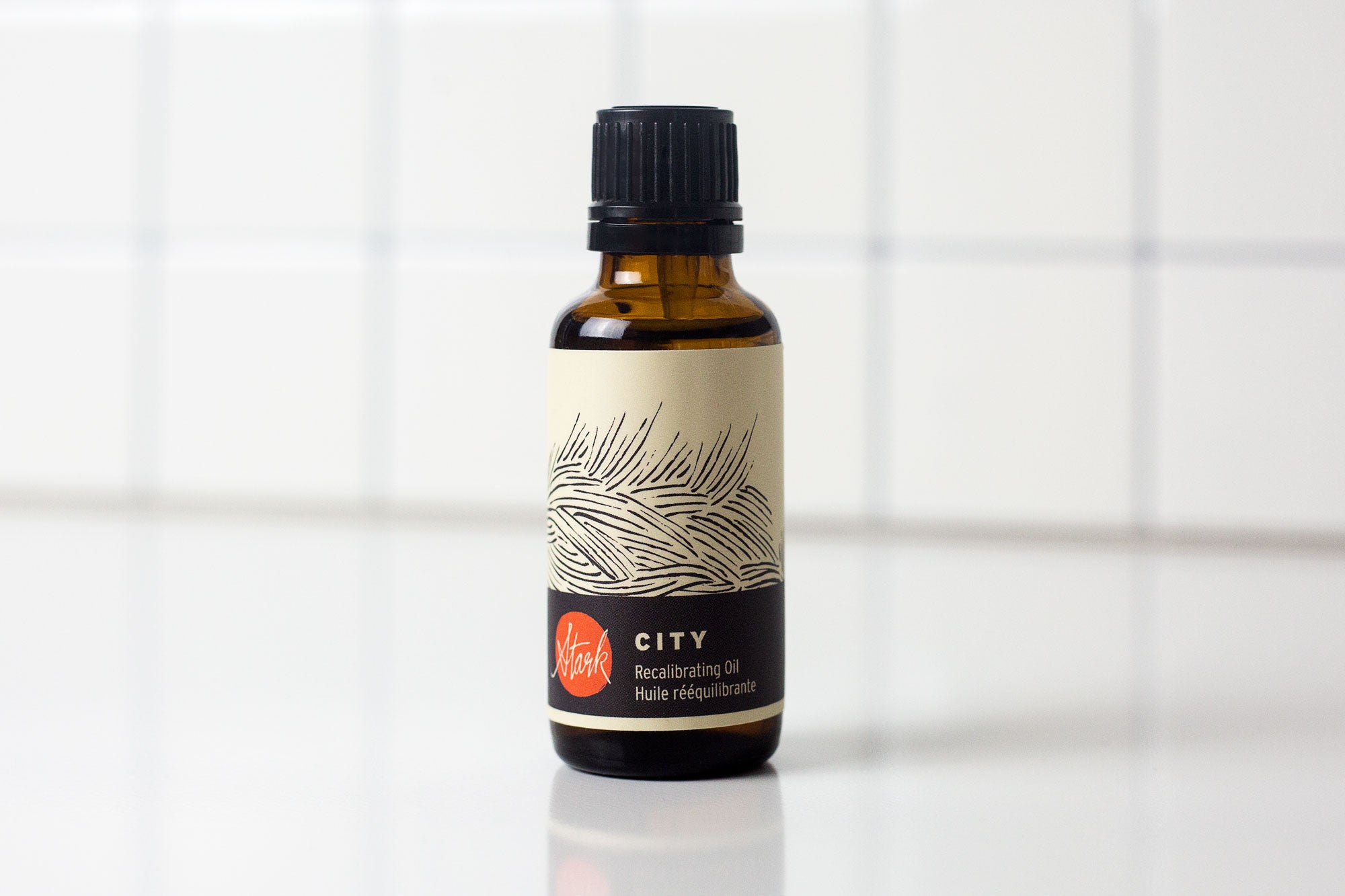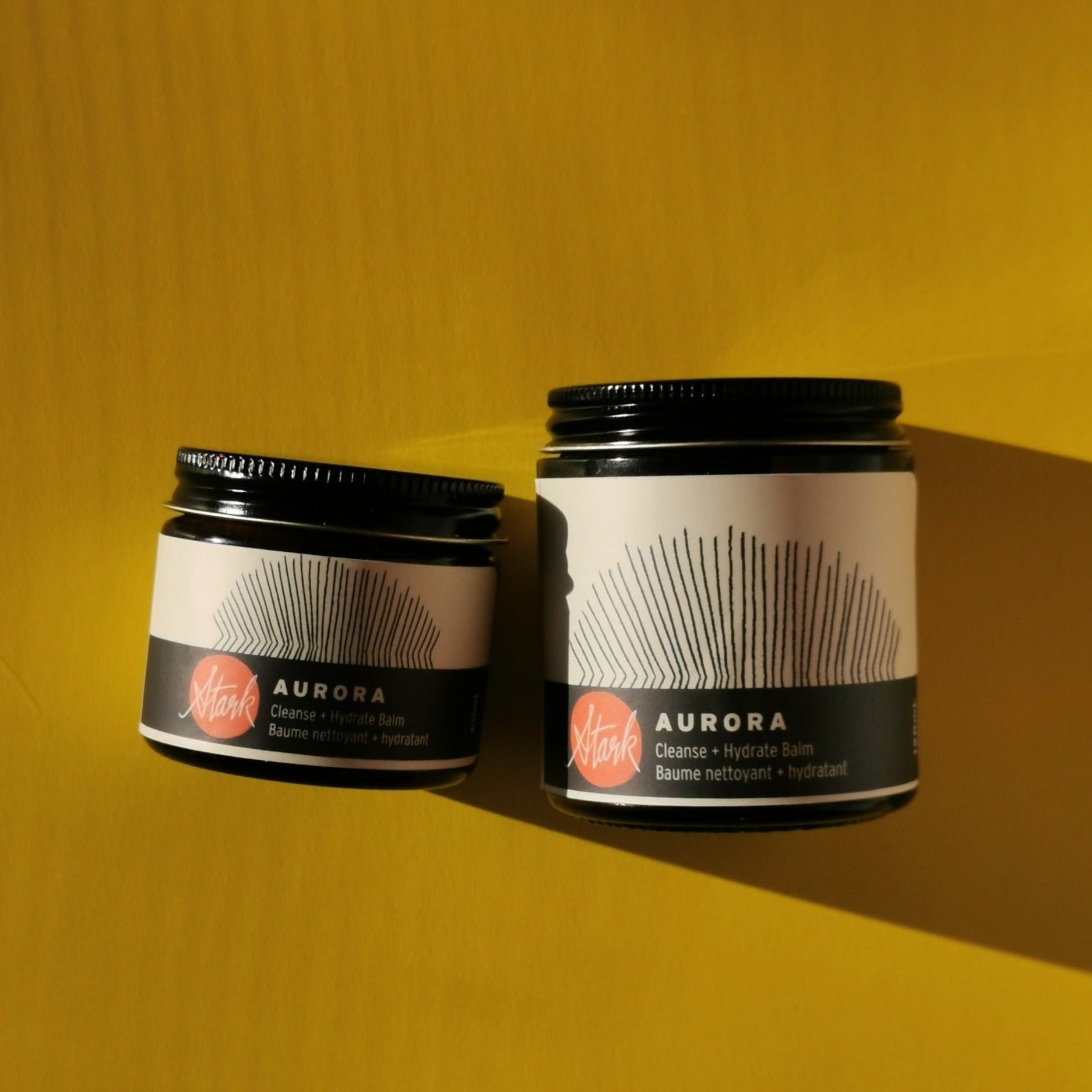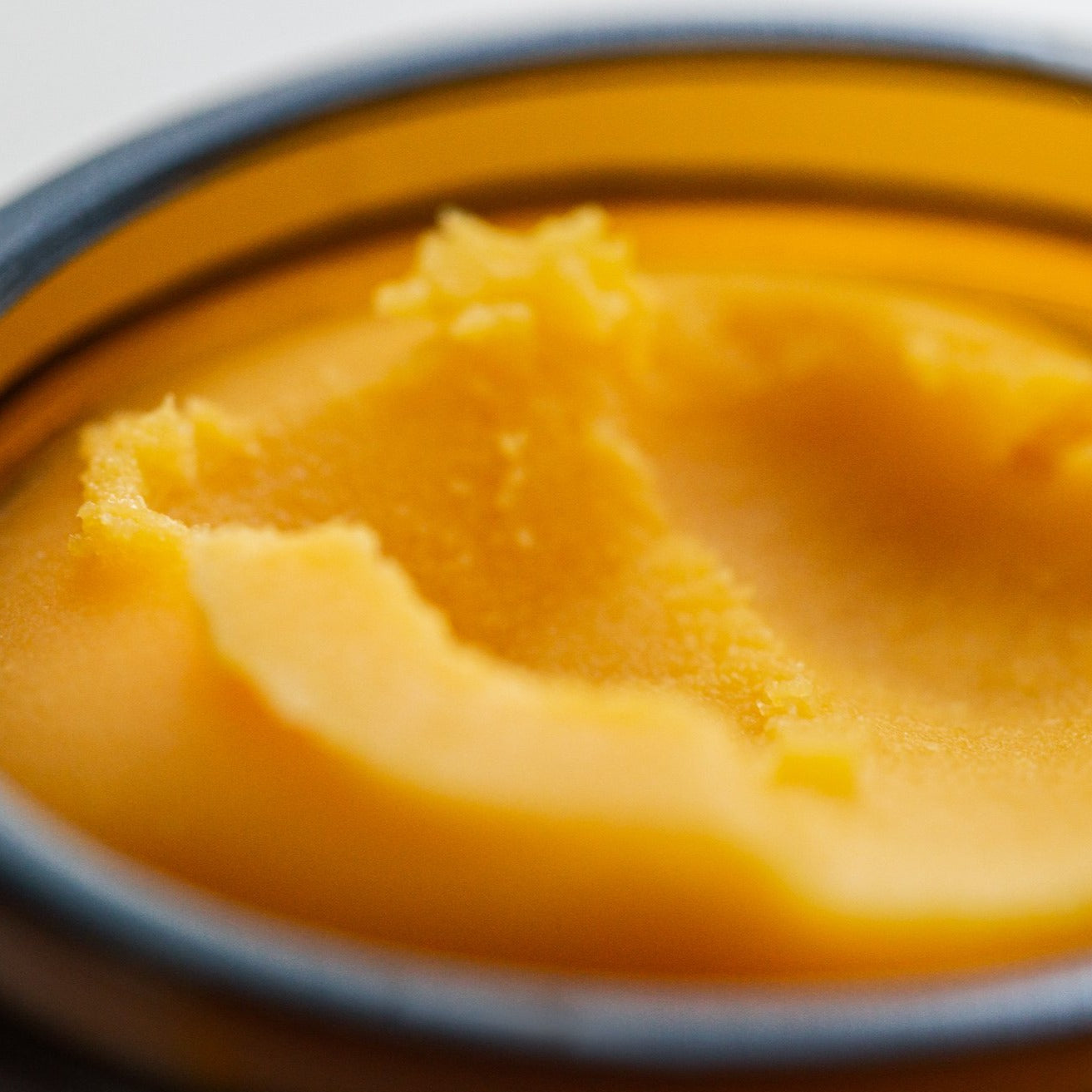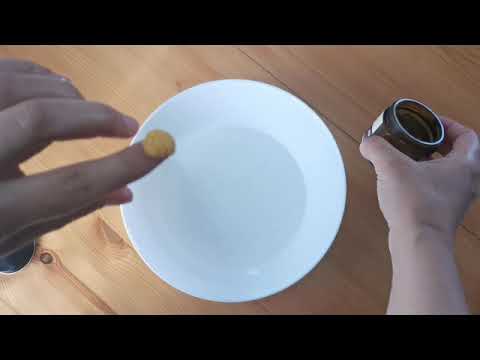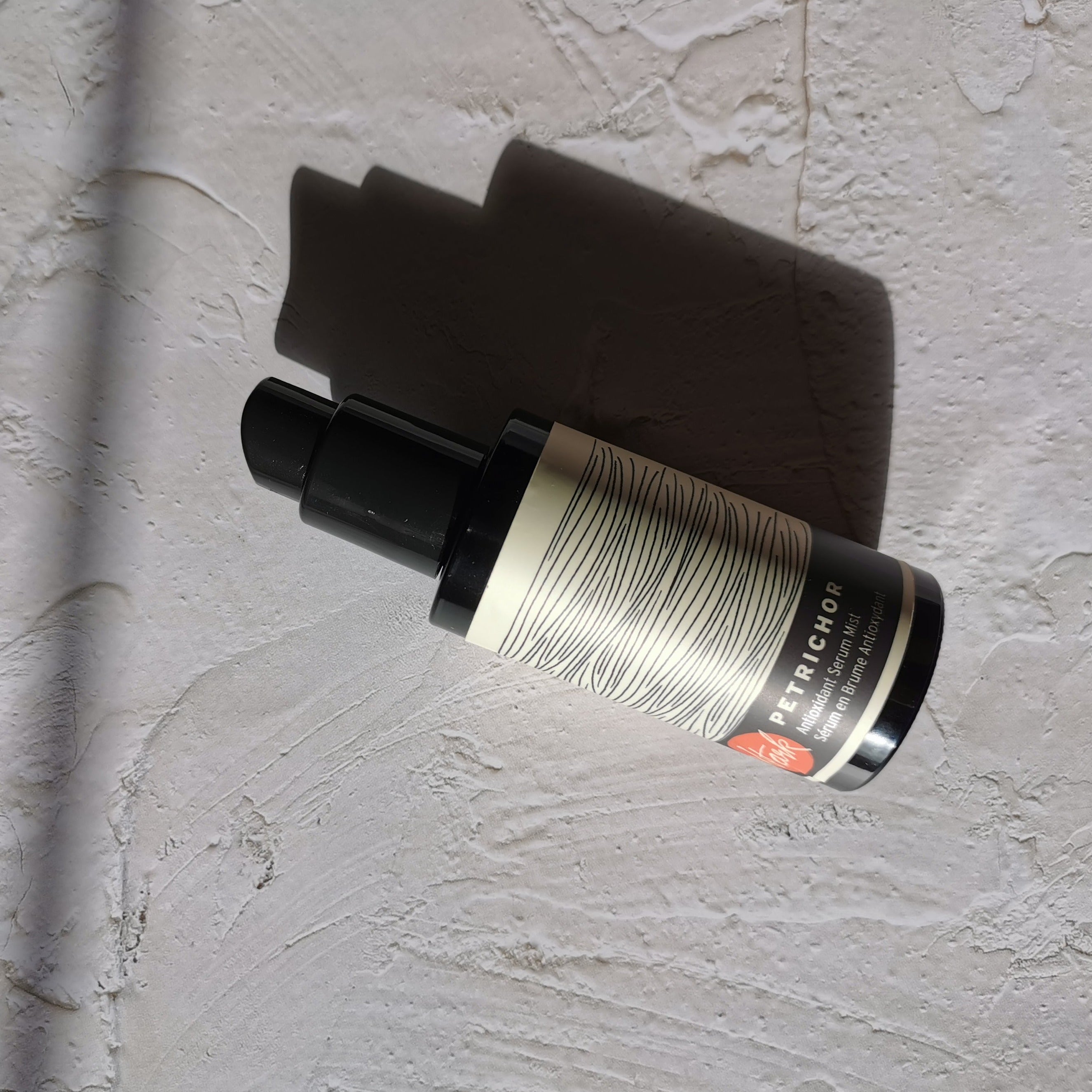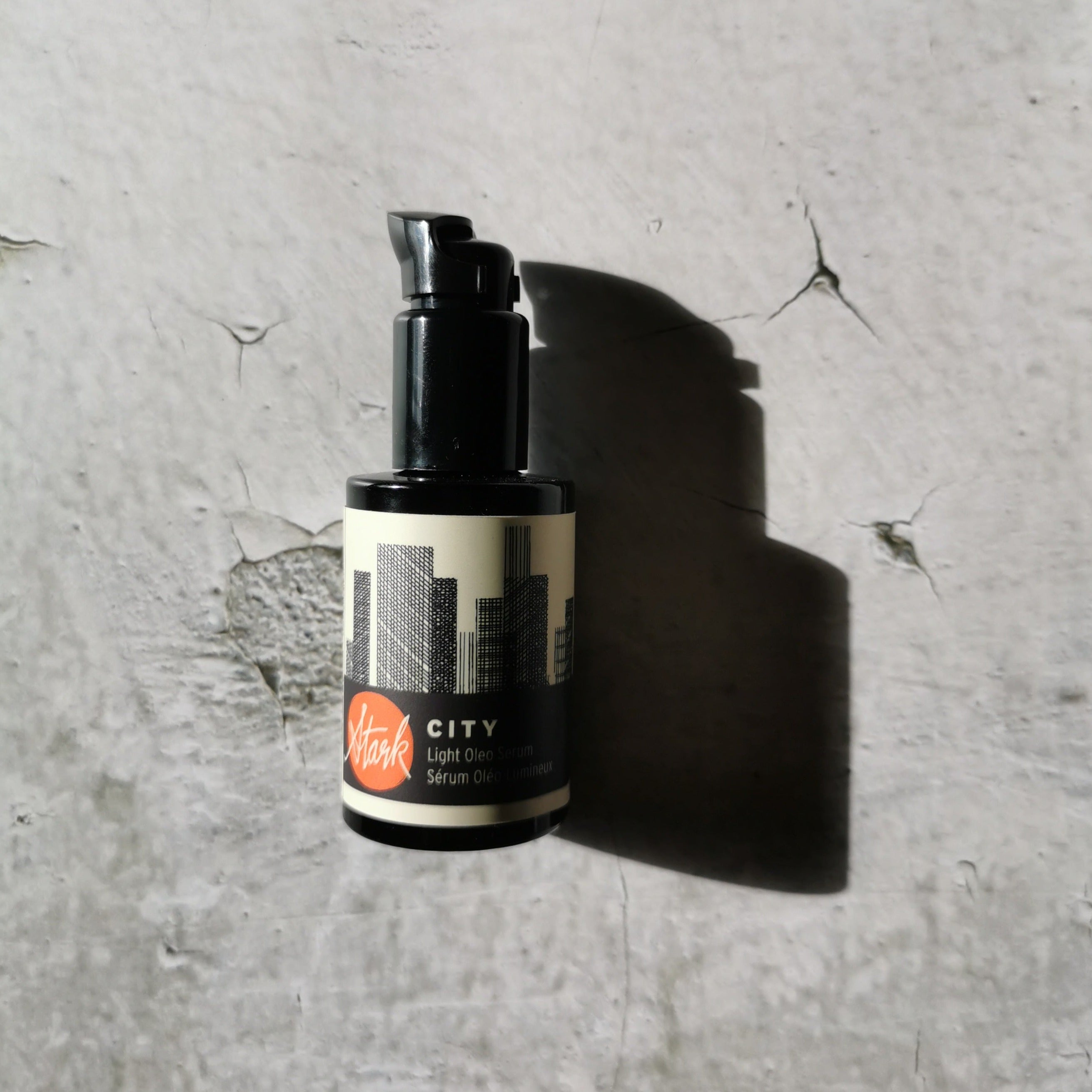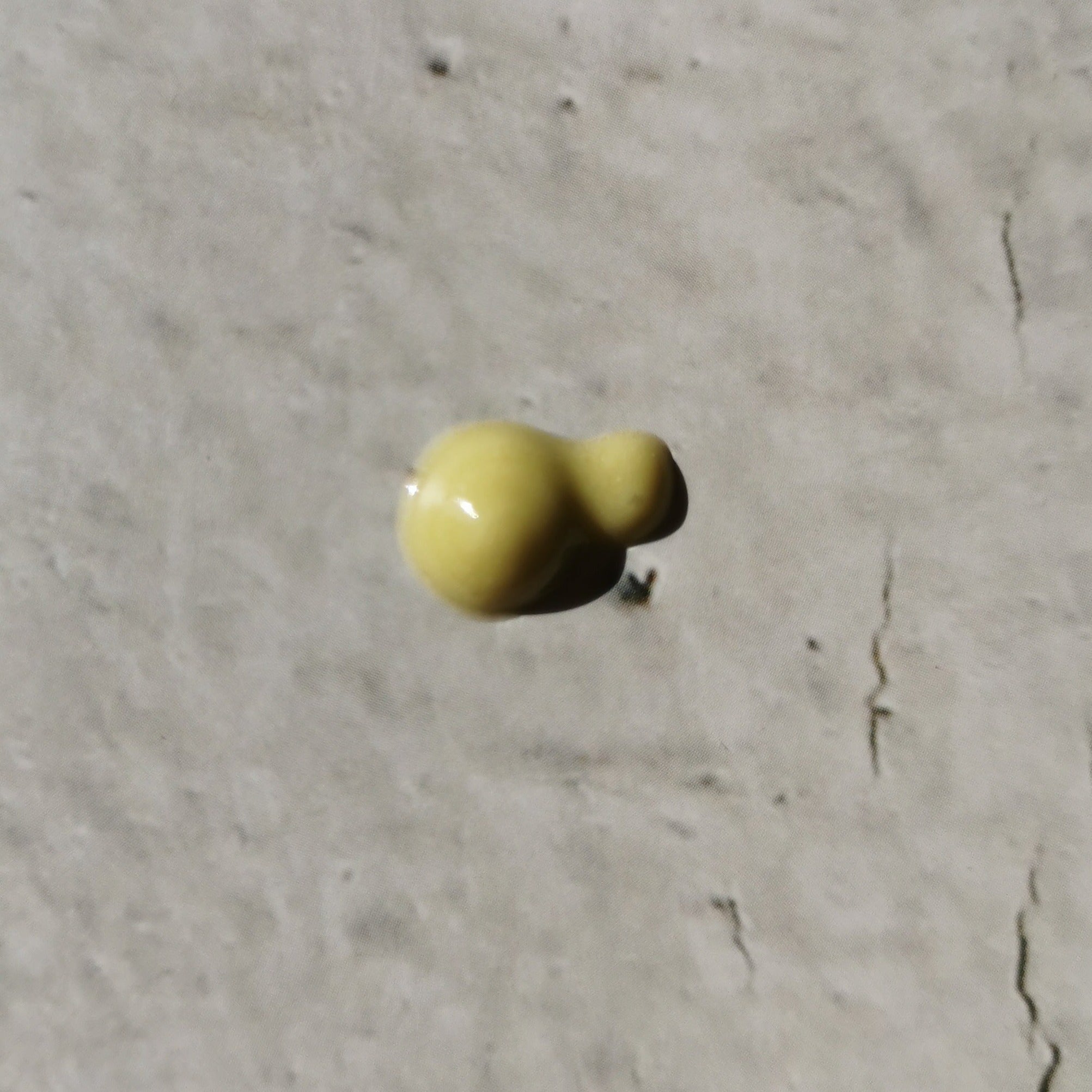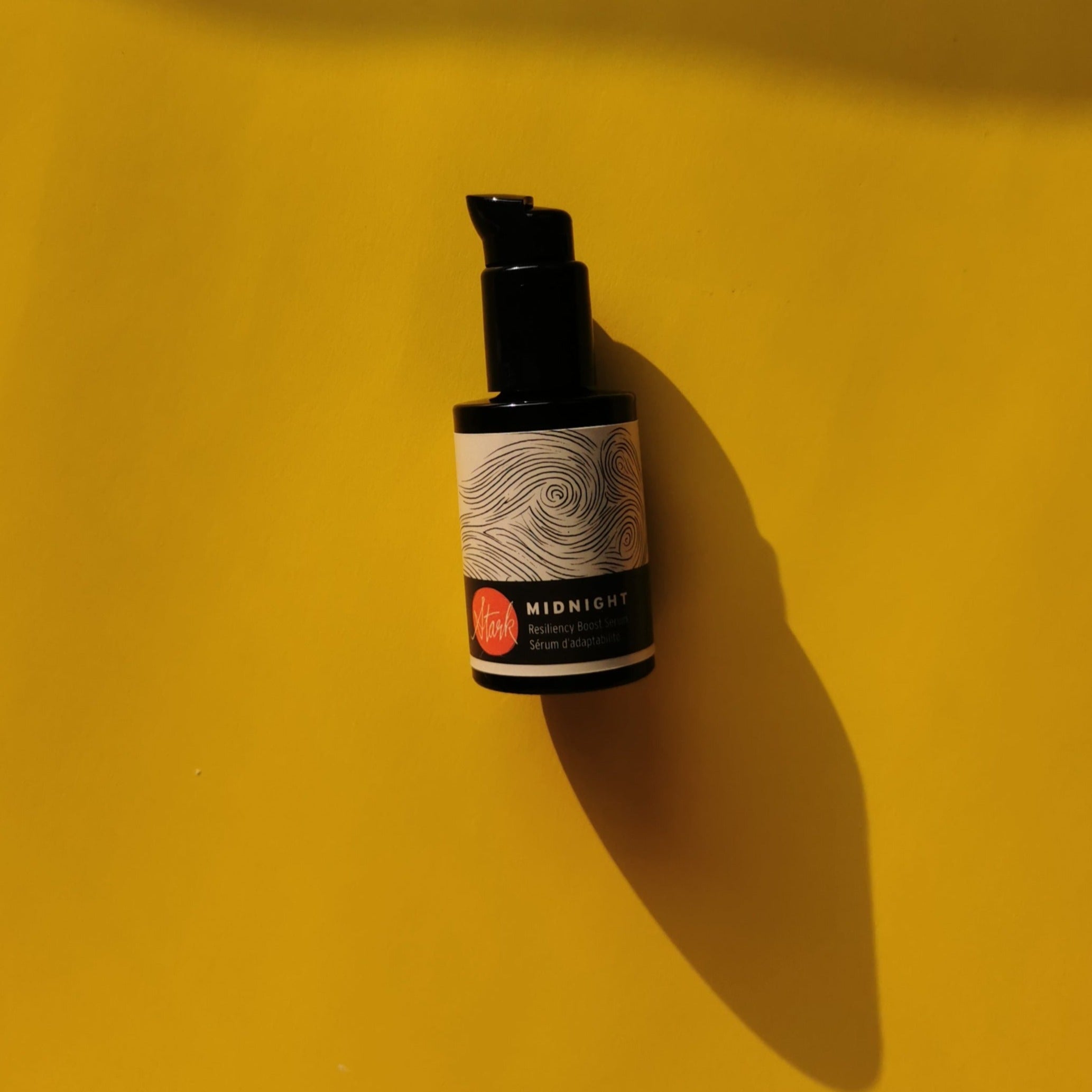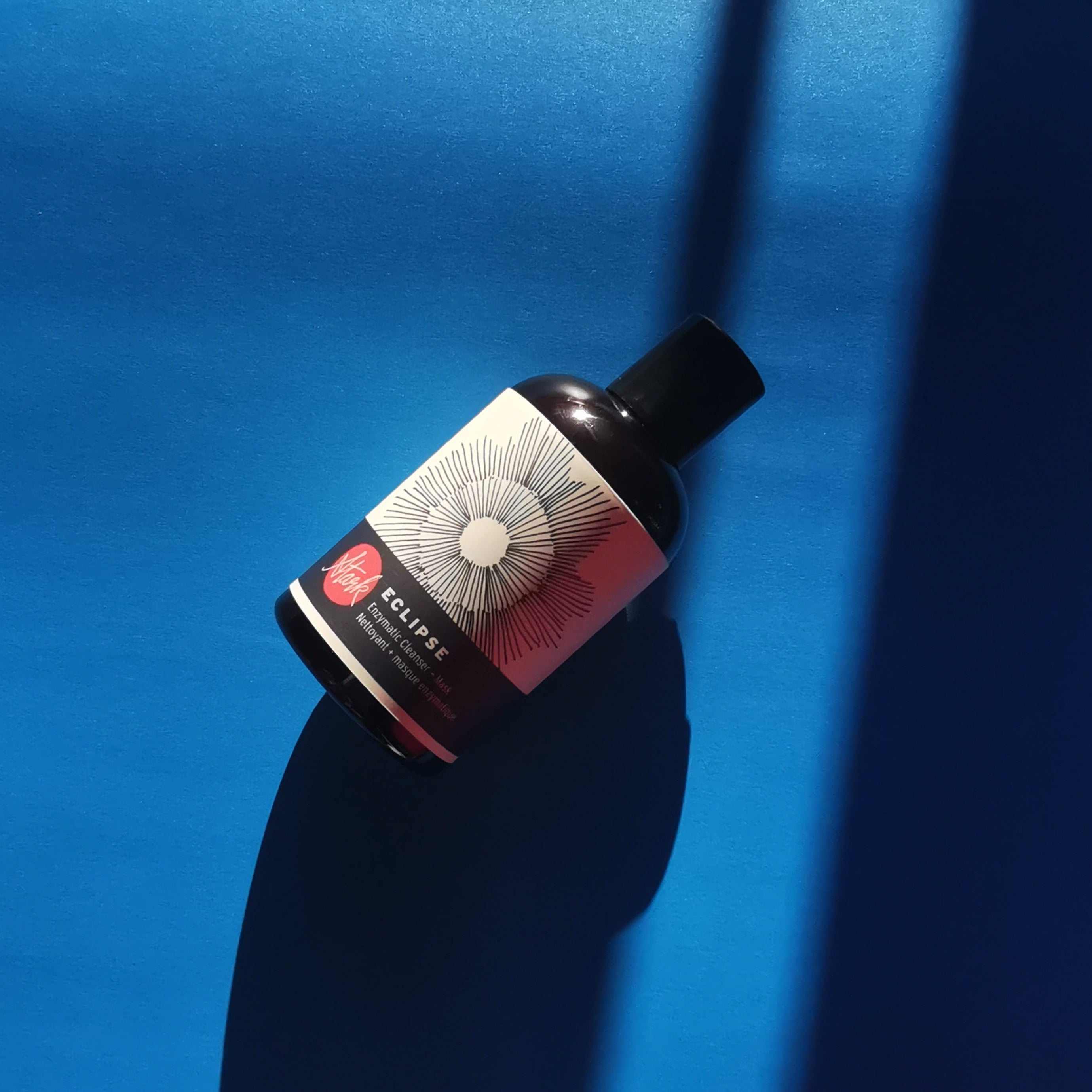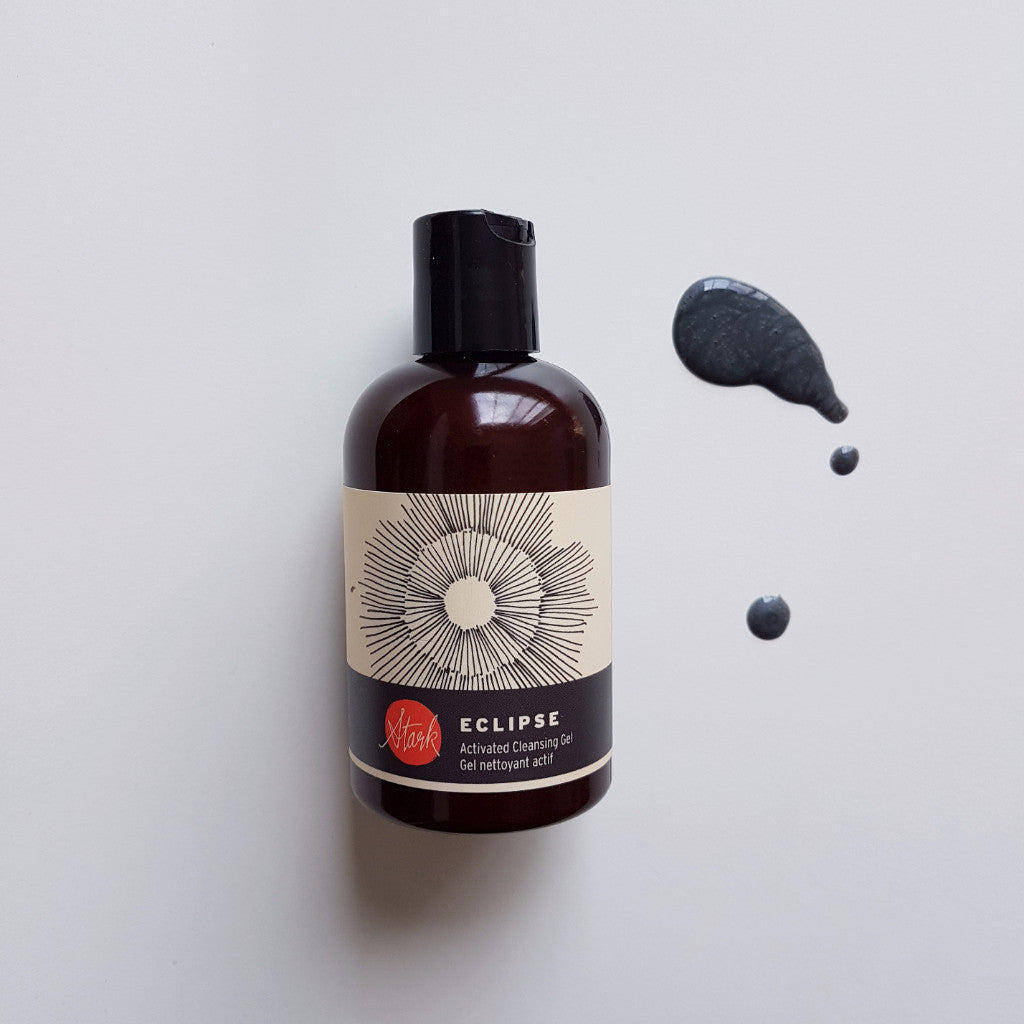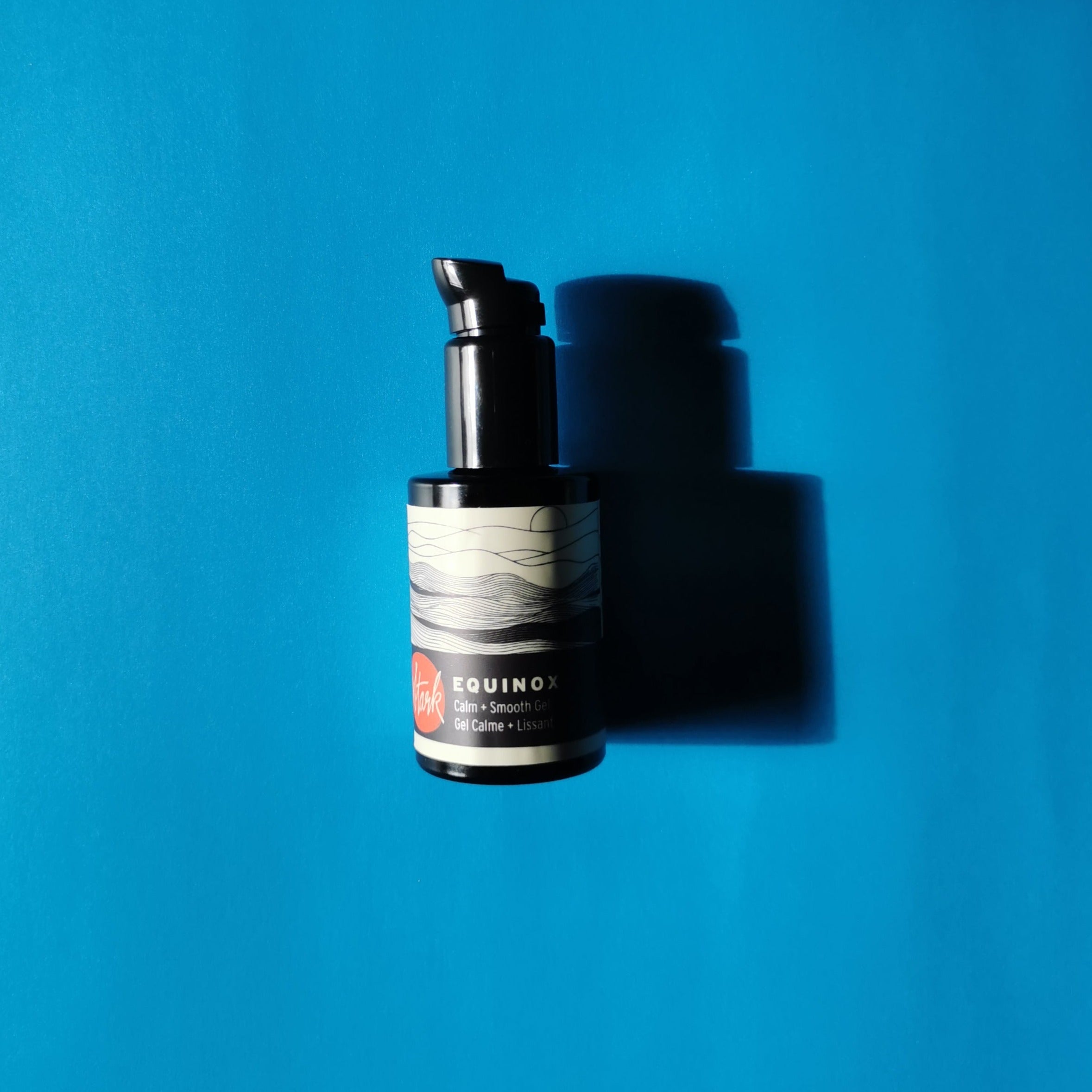Panthenol (B5)
Panthenol, also known as provitamin B5, is a versatile ingredient that offers a multitude of benefits for both the skin and hair. Let's explore the wonders of Panthenol and discover why it has become a beloved beauty essential.
For the Skin:
-
Deep Hydration: Panthenol acts as a humectant, attracting and retaining moisture to keep the skin well-hydrated and plump[^1]. It forms a protective barrier on the skin, preventing moisture loss and providing long-lasting hydration.
-
Skin Repair and Regeneration: When applied topically, Panthenol converts to pantothenic acid (vitamin B5), which plays a vital role in supporting the skin's natural repair and regeneration process[^2]. It helps to improve the skin's elasticity, smoothness, and overall texture, promoting a healthier and more youthful appearance.
-
Soothing and Calming: Panthenol possesses remarkable soothing properties, making it ideal for sensitive, irritated, or sunburned skin[^3]. It helps to reduce redness, inflammation, and discomfort, providing a comforting and calming effect.
For the Hair:
-
Moisture Retention: Panthenol's humectant properties extend to the hair, helping to attract and retain moisture. It deeply hydrates the hair shaft, improving its elasticity and preventing dryness and brittleness.
-
Strength and Resilience: Panthenol helps fortify the hair strands, enhancing their strength and resistance to damage. It forms a protective film around each strand, reducing breakage, split ends, and environmental damage.
-
Enhanced Shine and Manageability: By coating the hair cuticles, Panthenol smooths the hair surface, enhancing shine and improving manageability. It reduces frizz, tames flyaways, and leaves the hair looking healthier, softer, and more lustrous.
Whether you're looking to nourish your skin or revitalize your hair, Panthenol is a go-to ingredient. Its ability to deeply hydrate, repair, soothe, and protect makes it an essential component of various skincare and haircare formulations.
Sources: [^1] Draelos, Z. D. (2010). The Science Behind Skin Care: Moisturizers. Journal of Cosmetic Dermatology, 9(4), 276-282. [^2] Grether-Beck, S., et al. (2012). Pantothenic Acid. In Cosmeceuticals and Active Cosmetics (3rd ed., pp. 403-406). CRC Press. [^3] Seiberg, M., et al. (2000). Biological Activities of Derivatives of Panthenol: Synthesis and Skin-Potentiating Function of Pantothenyl Alcohol and Pantothenic Acid Esters. Journal of Cosmetic Science, 51(1), 27-39.



